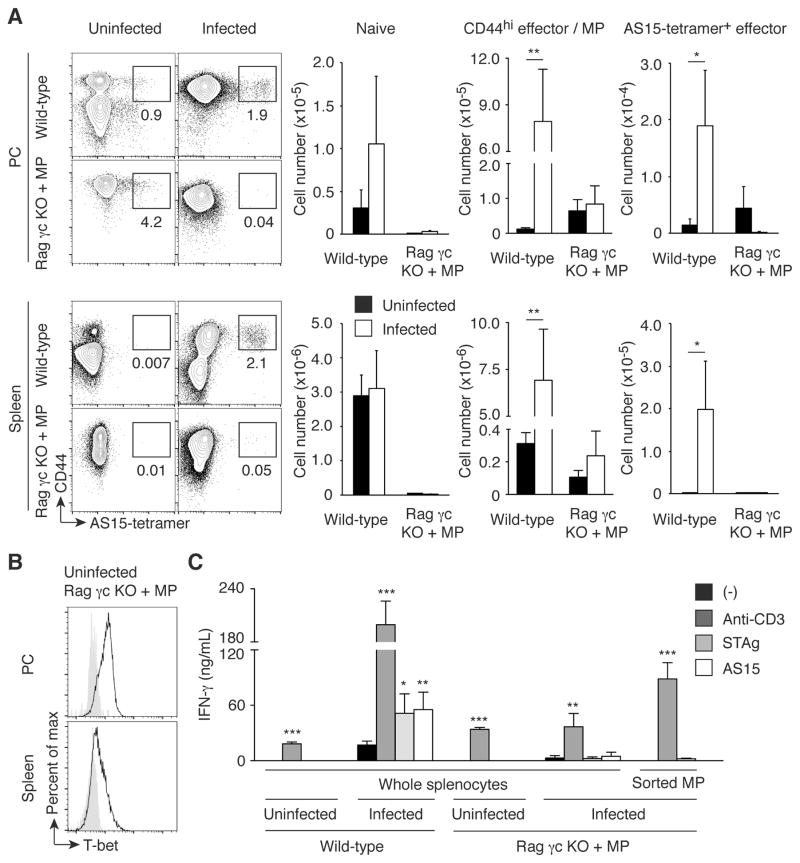Fig. 7. MP cells established in Rag γc KO mice are Toxoplasma antigen-unspecific T-bet+ population.
(A) MP cells established in Rag γc KO mice do not contain a major Toxoplasma antigen AS15-specific population. Wild-type and Rag γc KO mice that had received CD4+ T cells 4 weeks earlier were infected with T. gondii or left uninfected, and 7 days later CD4+ T lymphocytes from PC and spleen of these animals were analyzed for CD44 expression and AS15-tetramer binding. The representative plots depict CD44 expression and AS15-tetramer binding for each group, while the bar graphs show the number (mean ± SD) of naïve, CD44hi, and CD44hi AS15-tetramer+ cells (n=5). Data shown are representative of 2 independent experiments. (B) MP cells generated in Rag γc KO mice express T-bet. The histograms show T-bet expression by MP cells generated in Rag γc KO mice as shown in (A). Filled histograms show negative control staining. Representative data from 3 animals analyzed. (C) MP cells established in Rag γc KO mice do not produce IFN-γ in response to Toxoplasma antigen stimulation. Wild-type and Rag γc KO mice reconstituted with MP cells as shown in (A) were infected with T. gondii, and on day 7 post infection whole splenocytes as well as sorted CD44hi CD62Llo CD4+ T cells from the indicated groups were stimulated with medium, anti-CD3 mAb, STAg, or AS15 peptide in vitro. The graph indicates the concentration (mean ± SD) of IFN-γ in the culture supernatant from each group (n=5). Data shown are representative of 2 independent experiments performed. * p<0.05, ** p<0.01, *** p<0.001.

